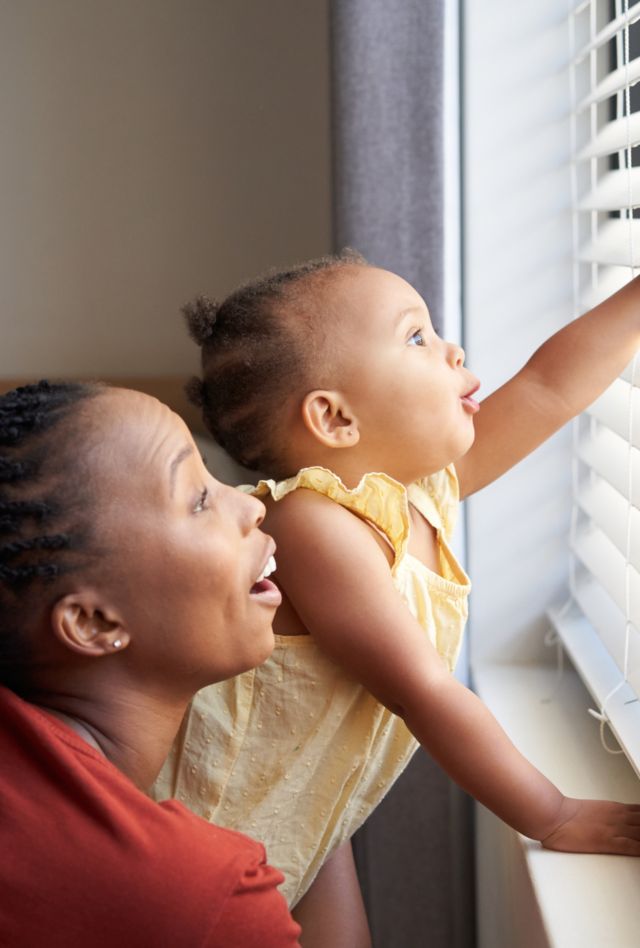Environments Promoting Wellness & Resilience (EmPWR) Evaluation

Problem
The spaces where we live, receive services, and find community have the potential to influence mental health and well-being.
EmPWR is a collaborative effort between the New York City (NYC) Department of Health and Mental Hygiene (DOHMH) and the NYC Human Resources Administration (HRA) to transform select communal spaces in nine domestic violence (DV) shelters across New York City.
Using a participatory design model, EmPWR aims to:
- Enhance the built environment (BE) of DV shelters to promote healing, well-being, and resilience of residents and their children
- Engage residents and shelter staff as collaborators in a participatory design planning process that centers their lived experience and expertise
- Support shelter staff capacity to foster a trauma- and resilience-informed shelter environment
- Build knowledge about BE strategies to promote mental health
Solution
NORC is evaluating the influence of design changes within shelter spaces.
NORC, in partnership with Evaluation + Learning Consulting and the New York Academy of Medicine, worked with NYC Opportunity, agency partners, and EmPWR staff to conduct a sequential, mixed methods evaluation to:
- Understand how and the extent to which BE changes in DV shelters have promoted healing and well-being of residents and staff
- Identify implementation themes across the EmPWR program to identify commonalities and variation in how the BE design and participatory process unfolded at each site
- Develop an implementation guide to disseminate lessons learned and facilitate replication of the EmPWR model in other shelters
As part of the process, NORC assembled and engaged a community advisory board and collected and analyzed secondary data (generating implementation process maps), key informant interviews, focus groups, and feelings posters.
Result
NORC conducted a participatory mixed-methods analysis to generate an evaluation report and practitioner guide.
The evaluation found that both shelter residents and staff reported that the redesigned spaces had a positive influence on their overall wellbeing, improving residents’ mood and sense of safety.
The accompanying practitioners’ guide provides actionable step-by-step guidance and to enhance the built environment of communal spaces in various social service settings. The guide presents participatory design strategies and activities to ensure that staff, resident, and stakeholder perspectives are included throughout various phases of the project, from determining readiness and site assessment, to design planning, installation, and sustainability.
Learn More
A new evaluation report and practitioners’ guide from the Mayor’s Office for Economic Opportunity (NYC Opportunity) highlights how participatory design can promote emotional wellbeing for vulnerable populations.
Related Tags
Project Leads
-
Alexis Marbach
Senior Research ScientistProject Director & Dissemination Lead -
Sabrina Avripas
Principal Research DirectorSenior Technical Staff -
Carol Hafford
Senior FellowSenior Technical Staff -
Meaghan Hunt
Senior Research ScientistProject Manager










